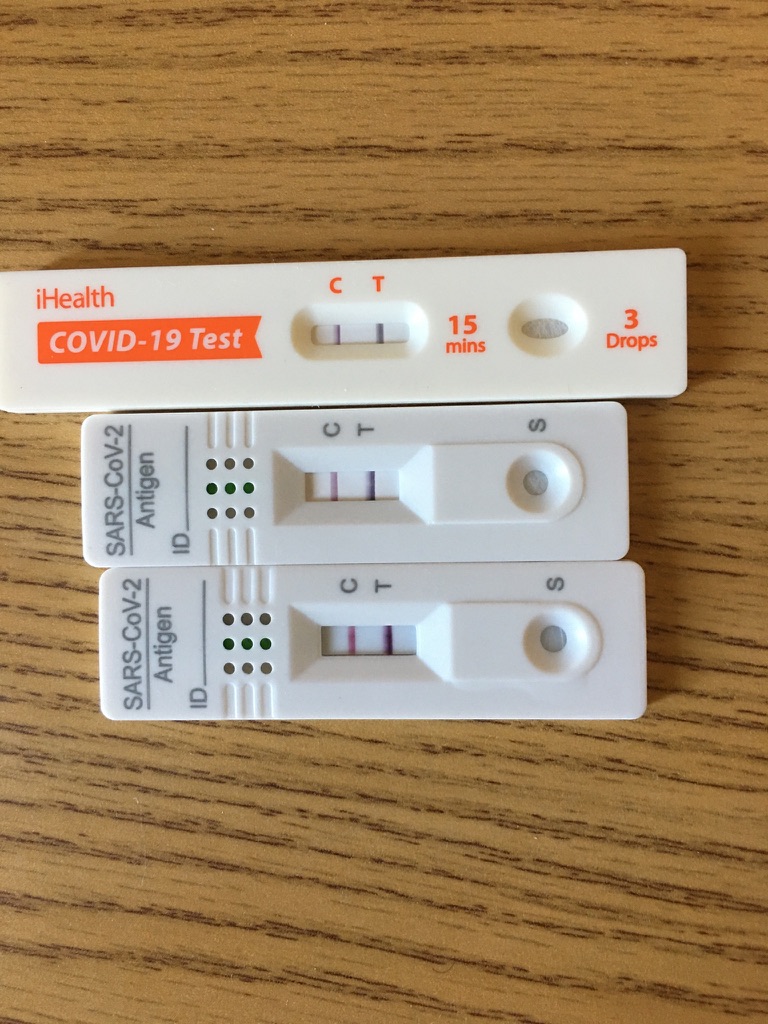Over a decade ago, I asked a potential senior employee how he had first become aware of credit unions. His response was when he was turned down for a loan after getting his first job out of high school.
He had gone to the credit union to finance his first purchase of an auto. The credit union told him he could not afford his dream car, denied the loan and then showed him how much he could pay. He found a different car.
This was not an uncommon example when I first began working with credit unions. Today’s credit union system is more complicated. Every organization faces multiple decisions about what member activities and even industries they should be supporting with loans and business partnerships.
The following is a brief summary of some of these “opportunities.”
Crypto sales and Partner Brokers
Prior to the covid shutdown, the facilitation of crypto purchases was the latest and growing expansion of financial services. Partnerships with crypto exchanges were announced with credit unions lending their reputation and operations for members purchase of this new form of financial instrument.
A recent article has summarized the numerous critiques of the crypto industry and the intense lobbying efforts to make these options part of the financial mainstream: Crypto Just Got Exponentially More Dangerous. Or in Charlie Munger’s (Warren Buffet’s longtime partner) immortal assessment:
“…A cryptocurrency is not a currency, not a commodity, and not a security. Instead, it’s a gambling contract with a nearly 100% edge for the house, entered into in a country where gambling contracts are traditionally regulated only by states that compete in laxity.”
Cannabis Sales
Another groundswell of credit union interest is in financing and supporting the growing legalization and distribution of medicinal and/or the recreational marijuana sector. Political leaders such as Janet Yellen and Chuck Schumer have spoken publicly of the need to pass federal legislation taking marijuana use off the list of prohibited drugs.
One report from Marijuana Moment shows a total of 812 banks and credit unions reported actively working with marijuana companies in the second quarter of the 2023 fiscal year
Almost 30 states have approved some form of marijuana use. Sometimes this is seen as an effort of social equity where a certain number or percentage of licenses are reserved for minorities to offset their disproportionate legal convictions prior to legalization. NCUA board members, credit union trade associations and numerous credit unions have supported some form of a SAFE act by Congress to allow controlled distribution of cannabis.
Gambling and Sports Betting
With betting on sporting contests now legal in almost all states, credit unions have become involved in these transactions. A report after the Super Bowl betting surge in CUToday discussed the increasing member use of online gambling sites, As reported in the Article Why Credit Unons Should Place a Bet on Paying Attention to Gambling from a PSCU analysis:
Gambling, fueled by further expansion of government-licensed Internet gambling to a total of 38 states, posted strong results in February, the analysis added, noting debit purchases were up 39%, while credit purchases were up 11%.
The top three merchants (FanDuel, DraftKings and BetMGM) represented over 70% share of purchases in this single category that peaked in February, with Super Bowl LVIII occurring in Las Vegas, PSCU/Co-op Solutions said.
The full PSCU report is available here.
There are multiple other sectors or activities that credit unions have been or could be involved with that might raise ethical questions. These include financing of gun purchases, liquor licenses, interval level vacation home ownership and perhaps more recently certain kinds of medical care including abortions.
Some would maintain that these are not credit union issues, but rather decisions for how members choose to spend their money. Yet for every loan there is a “purpose” section stating how the funds would be used.
In defense of their crypto relationships, several credit union CEO’s have justified their partnerships by saying members want this service and if we don’t provide it, they will just go elsewhere. It is strictly members’ choice.
Others, as PSCU describes in its review of gambling activity, would maintain these are situations for financial counseling:
“While online gambling was once viewed negatively, it now represents a growth segment opportunity, particularly among younger demographics. This growth presents an opportunity to keep internal staff informed about this evolving transaction trend, as well as provide members with financial wellness education.”
Other credit union leaders would decide that these areas of transactions and for financial loans are inconsistent with both the purpose and values of the cooperative.
Many want to avoid the controversy altogether. Each credit union, and each member, should be free to do whatever they decide to act upon with their charter or with their personal savings.
This quasi-libertarian view is appealing to many until one recognizes that each of these areas is controversial because there are enormous and proven downsides to both members and society in each of these activities.
Crypto investors do lose money. In online gamblng, once the winners are paid out, online sportsbooks keep between 5% and 25% of all the money users wager. In other words, online betters typically lose 5 cents to 25 cents for every dollar they spend on a sports bet. Marijuana usage can become addictive. Its long tern usage consequences are still not known. America’s gun culture is unique in the world and the consequences in mass shootings and suicides are just one aspect of this worship of the second amendment.
No one can deny that members will always borrow for activities and purchases that others might disapprove of or seem over the top, just examples of life’s numerous “fascinators.”

The Need for Discussion: Never Value Neutral
One of the fiduciary responsibilities of leadership is knowing what issues to bring to the fore and how these are to be presented in the context of an organization’s purpose.
For some the topics above are not an issue. Credit unions are value neutral. There are no issues of right or wrong, but rather just the pragmatic questions of whether activities are legal and can we make money?
This debate about the ethics of organizational activity is never ending. Here is an excerpt from a discussion similar to the above, about whether teaching economics at a university is “valueless.”
One of the first things that the over 500 students who take Economics 10: “Principles of Economics” are taught each fall is the distinction between normative and positive statements; the distinction between stating how things are and stating how things ought to be
Giving undergraduates the impression that economics is a value-neutral discipline, and that studying it will entail no further moral judgment or inquiry on their part, is not only dangerous but also intellectually dishonest.
The notion that calculus is more important to studying the economy than ethics, history, or psychology still ignores just how socially constructed our current economic system is.
Perhaps it is true that the price people are willing to pay for a good is the best estimate of their marginal utility.
Perhaps it is true that it is rational for a consumer to always prefer more to less.
Perhaps it is true that GDP growth is always desirable.
But those are assumptions about the world. And students should be invited to question them.
An economics degree ought to, in our normative opinion, entail a genuine reckoning with the moral stakes of the field. A discipline that studies human behavior and the distribution of resources was never value-neutral to begin with.
I agree that credit unions are a “normative” activity and in the management of member resources require a reckoning with the moral stakes of their actions. So let the debates begin.





